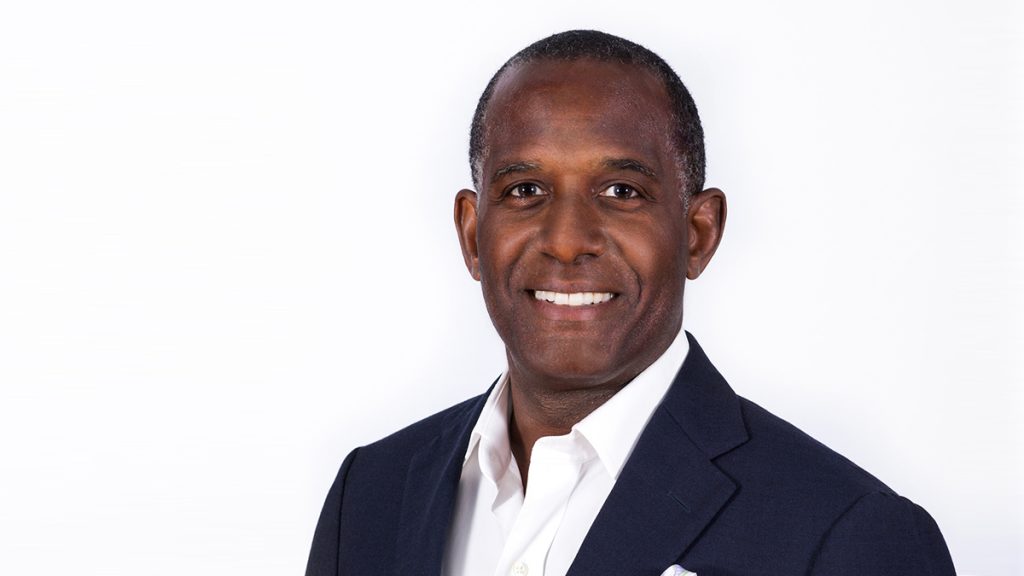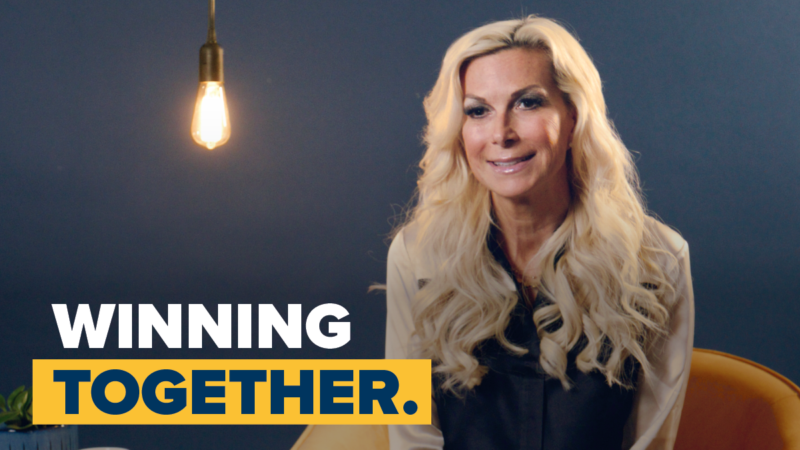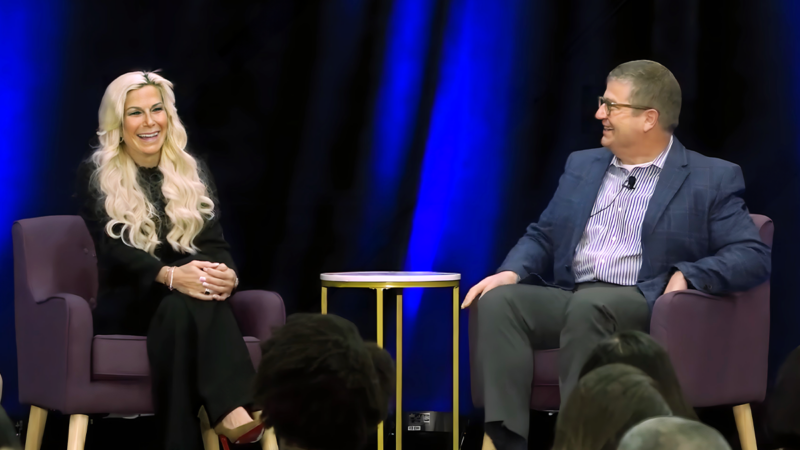This article was republished with permission from Reactions.
D&I is good for business. In the London and Bermuda underwriting units I have led, genuine diversity in the workplace, coupled with a culture of inclusion, has delivered tangible, measurable value.
To realise these benefits, both must be pursued with equal vigour. Simply hiring a few different sorts of people won’t yield much.
Diversity must be backed by a workplace culture of inclusion, one crafted and nurtured to allow the benefits of diversity to flourish.
D&I must go hand in hand and be actively pursued. A deliberate, intent management approach is necessary to realise the value of the equation.
Achieving diversity is a recruitment challenge. To make it work, the unconscious biases we all hold must be conceded and dropped.
These may not be about race or gender; they could be about the places we seek recruits. Diversity won’t be found when looking among the half-dozen familiar (white, male, English) people active elsewhere in the market. It appears when looking elsewhere, where great people simply land in front of you.
We may have a subconscious bias about the types of people who are right for the job. They might not be an insurance person. I have gained valuable diversity by looking outside the market and into industries with a similar profile.
To fill an operations role, I looked to the banking sector. It presents huge operational complexity, just like insurance, and employs many thousands of talented people to navigate it. Similarly, many skills of the risk manager have great applicability to our work in underwriting.
I didn’t decide in advance that I wanted to hire one, but by refusing to decide I wanted an insurance man, I discovered a much wider pool of candidates.
We may be unaware of the gender bias that we suffer, but it comes through to candidates, even in our recruitment advertising.
Candidates may seek to work only four days a week, and one of those from home. In my experience hiring senior women who made such requests, they did the same amount of work or more than the homogenous employees who came in every day.
Few people are looking for these excellent employees. It’s too easy to say a candidate’s style just won’t work with us, and choose a guy a lot like the guy I hired before. That’s a short-sighted approach.
All of this comes down to deliberate intent. Recruiters, whether managers or specialists, have to know they are looking for diversity.
They must abandon their biases, find the right outlets, write recruitment adverts that reveal an open door, and place them where a diversity of individuals will see and respond.
Diversity won’t deliver on its whole potential without inclusion. When a diverse workforce is genuinely included in day-to-day decision-making, a plethora of views will be aired. This may require cultural change, particularly in firms where most people participate only by listening.
All views should be heard and considered – employees don’t offer them unless they have some validity – then distilled to reach the best possible risk decision for your company. Underwriting choices should not be reached and then reviewed, but rather, made collectively following an open and honest discussion.
I haven’t adopted this approach because it is trendy and makes people feel good (although both are true), but because it improves outcomes.
Teams are unlikely to reach the best conclusions when everyone is basically the same, and therefore like-minded, or when a dominant individual makes all the decisions, even though the process looks collaborative.
I always tell my new recruits that although I lead the team, I am not the best or most important underwriter. We all have strengths, and make our best underwriting decisions at the Roundtable, our underwriting committee.
I have been able to measure some of the positive benefits of my D&I crusades over the years (I was a champion before it was trendy).
Reporting tools have proved, for example, that women working four days a week have been more productive then male colleagues working five.
Individual losses may distort short-term performance, but management reporting has proved to me that inclusive, collaborative underwriting teams outperform other sorts over time. Better decision-making has meant that the majority of risks selected matched my targets as CUO.
Diversity within an inclusive culture delivers to the bottom line. To achieve this, step back. Assess conventions.
Be intentional and deliberate about D&I goals. Recognise that everyone carries unconscious biases, and check your own actions against them. Recruit broadly; nurture an inclusive culture where all views are heard.
The ultimate result will be a team that delivers more work and profit than its individuals could achieve alone.
Bill Wharton is Head of Argo Insurance Bermuda.





